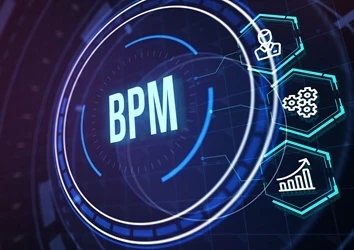What does "good" look like for process improvement?
Add bookmarkI'm often asked by clients what level of improvement they can expect from my work. Clients are fascinated by pinning a percentage on each process so that they can show this to senior managers and say "We've saved 30% of the total cost of the process!"
But let's clarify a few things here...
Firstly - what time are we measuring? Is it elapsed time or actual effort time:
- Elapsed time refers to the total time from start to finish of the process from the customers point of view.
- Effort time means the actual amount of time your staff take to do work in the process
A classic example is that it may take 2 minutes for your staff to write an email (effort time), but if the email sits in an inbox for 2 hours that is adding to the time of the overall process (elapsed time).
Both types of timings are important depending on the goal - elapsed time has a greater customer impact ("OMG! Why is it taking so long?!?") whereas effort time is a more telling diagnostic for efficiency.
Of course a reduction in effort time also decreases elapsed time - and it is still possible to have a process which is efficient in terms of effort time but a laggard in elapsed time (watch out for those sneaky ones).
My tip is to measure both for whatever process you look at.
So what is a "good" level of improvement? Well it's not quite that simple. A 0.5% elimination of effort time can be a fantastic improvement - it all depends upon one very crucial ingredient: volume.
A small improvement upon high volume can result in huge savings - take the example of a company that receives millions of calls to its contact centre - shaving even seconds off a call can be a huge cost saver. Conversely, if you can save 75% of effort time off a process that is only conducted 200 times a year, the costs of implementing the process change may outweigh the benefits.
So to answer the question, there's no such thing as "good" percentage improvement in terms of effort time - it has to be measured along with volume. But to quash the fires of curiosity I've achieved effort time reductions on processes up to 75%, but commonly from 30-70%. If we look at elapsed time, a percentage reduction on its own can be a useful measure - but again transaction volume should be taken into account as part of the cost / benefit analysis.
But what do you think? What ROI do you expect from your process improvements?
[eventPDF]
First published on The Process Ninja. Reprinted with permission.


























